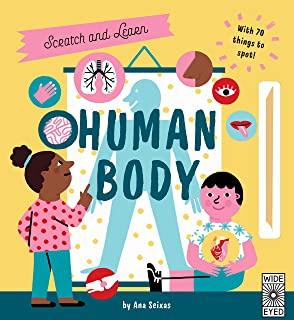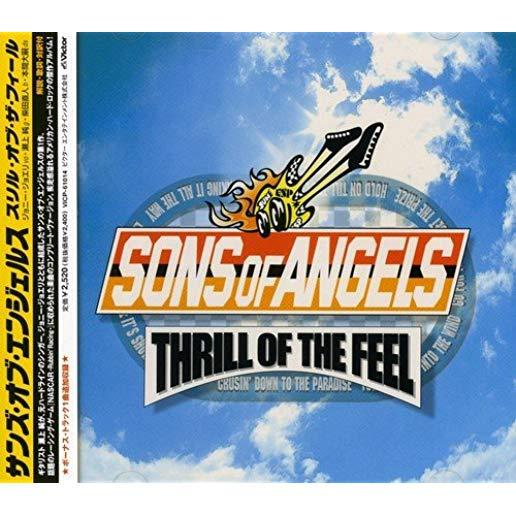
For 40 years, the Cold War dominated the world stage. East and West Germany stood at the frontlines of the global confrontation, symbolized by the infamous Berlin Wall, which separated lovers, friends, and families, coworkers, and compatriots.
The Wende Museum in Los Angeles, California, is named after the period of change following the wall's destruction. It was established in 2002 to study the visual and material culture of the former Eastern Bloc, and, with physical and psychic distance, to foster multiple perspectives on this multilayered history that continues to shape our world.
This encyclopedic volume features over 2,500 items from its extraordinary collections. Never before has a book included this full a spectrum of art, archives, and artifacts from socialist East Germany: official symbols and dissident expressions, the spectacular and the routine, the mass-produced and the handmade, the funny and the tragic. Packaged in a slick, portable box, the book also comes with a facsimile of a GDR family scrapbook, documenting real and imagined travels both within East Germany, and across the border.
Accompanying these remnants of a now-vanished world are texts from scholars and specialists from across Europe, Canada, and the United States, with themes ranging from the secret police to sexuality, from monuments to mental-mapping. More than 900 pages, featuring over 2,500 objects
Color-coded tabs for swift navigation throughout the eight main chapters
Most comprehensive overview of GDR visual and material culture to date
Several dozen images of everyday life and public events from the most famous GDR photographers
Bonus material inside the handy shipping box: 56-page facsimile of a GDR family scrapbook, documenting real and imagined travels both in East Germany, and across the border
Enhanced multimedia content, providing original videos and audio recordings from the GDR
Starting November 18, 2017, visit the Wende Museum at its expanded campus in Culver City's Armory Building, a site originally created in preparation for World War III but re-designed by Michael Boyd, Christian Kienapfel, and Benedikt Taschen to welcome its 100,000+ collection of artifacts.







